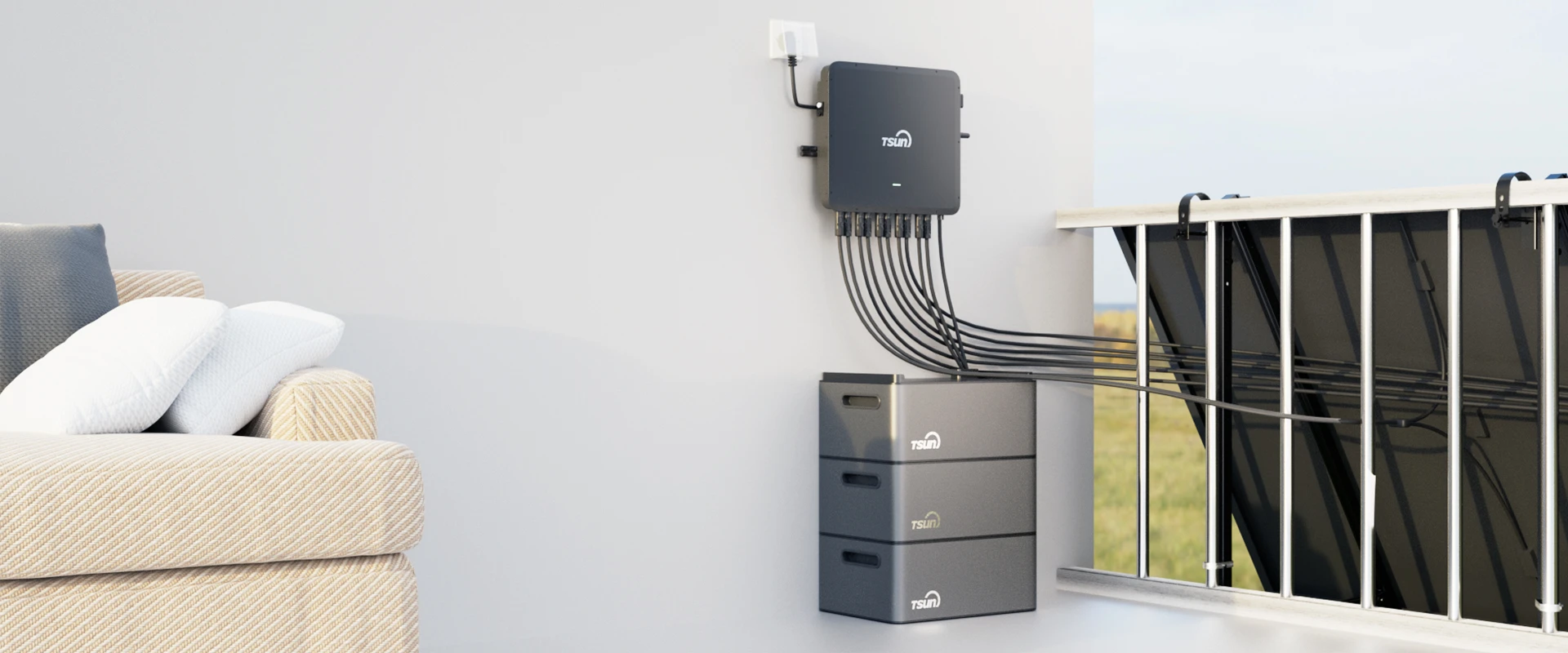The advancement of photovoltaic microinverters represents a transformative leap in solar energy technology. Unlike traditional string inverters, microinverters are installed at each solar panel, allowing for individual power optimization. This results in increased energy efficiency and the minimization of energy losses due to shading, debris, or panel mismatch issues.

For homeowners and businesses considering a photovoltaic system, understanding the nuances of microinverter technology can lead to more informed decisions and optimized energy production. Microinverters convert DC electricity generated by solar panels into AC electricity that can be used directly by home appliances or fed into the grid. This decentralized approach simplifies the system and allows each panel to operate at its maximum potential, unlike string inverters, which limit output based on the lowest-performing panel in the series.
In terms of experience, users of photovoltaic microinverters often report significant improvements in overall system performance. During partial shading conditions, such as those from nearby trees or cloud cover, microinverters ensure that unaffected panels continue to perform at their peak. This adaptability is crucial for installations in urban environments or areas with intermittent sunlight, where conditions can vary dramatically from one panel to another.

From a technical expertise perspective, photovoltaic microinverters reduce the complexity of system monitoring and maintenance. Each panel's performance can be tracked individually through advanced monitoring systems, providing real-time data and diagnostics without needing comprehensive equipment or expertise. This makes system maintenance more straightforward and less costly over time, as issues can be pinpointed quickly and accurately.
fotovoltaico microinverter
Authoritatively, renowned organizations and experts within the solar industry champion the effectiveness of microinverters. Studies consistently highlight the superior energy yields and increased reliability delivered by systems that incorporate microinverter technology. This has been supported by peer-reviewed research and extensive field data, all pointing towards microinverters as a cornerstone for future photovoltaic installations.
Trustworthiness in the context of photovoltaic microinverters is backed by robust warranties and certifications. Reputable manufacturers offer extensive guarantees, often surpassing those associated with traditional inverters. This confidence from manufacturers is indicative of the inverter's durability and efficiency, offering consumers reassurance and protection with their investments.
Furthermore, microinverters contribute to enhanced safety. By converting power at the panel level, they significantly reduce the risk of high-voltage DC power accumulating in rooftop wiring, unlike traditional setups. This diminishes fire risks, providing an additional layer of security for home and business owners.
In conclusion, the advantages of adopting photovoltaic microinverters extend across multiple facets—improved energy efficiency, heightened system monitoring capabilities, and increased safety measures. With continuous technological advancements and clear endorsements from industry authorities, microinverter systems present a compelling choice for harnessing solar energy efficiently and sustainably. Whether for residential or commercial applications, embracing microinverter technology ensures a future-proof investment in renewable energy.
 LEARN DETAILS
LEARN DETAILS
 News
News



